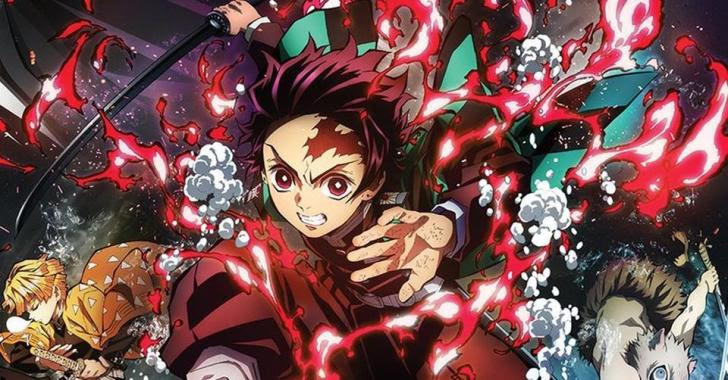In the end, did Demon Slayer overexert himself?
The pacing and execution of the last arc of Demon Slayer are examined in two distinct ways:
After a demon kills everyone in his family, save for his sister, Nezuko, who is turned into a demon by the attack, Tanjiro Kamado becomes the traditional Shonen unlikely hero. He takes up the sword and the cause of demon slaying. Tanjuro and Nezuko’s saga was a ladder of advancement as demon slayers until they were strong enough to take on the King of Demons, Muzan Kibutsuji. As a result, the series’ creator, Koyoharu Gotouge, delivered his promise of a complete plot, albeit a condensed one.
As the popularity of anime and manga continues to rise, so does the popularity of these two kinds of entertainment. The debate over whether shorter series like Demon Slayer or long-running serials like Dragon Ball or One Piece are the model is raging on. Since it is a (primarily) lean and clean experience with few drags or failed storylines, many fans are happy that Demon Slayer can already offer its complete story from beginning to end, as previously announced. It doesn’t matter how quickly the encounter is done; many fans feel it’s a memorable one because it was so enjoyable. Demon Slayer’s “shortness” doesn’t seem to affect the manga’s popularity or critical acclaim.
Did-demon-slayer-end-fast-
Alternatively, one could argue that the last arcs of Demon Slayer (especially the Infinity Castle Arc) rushed things and sacrificed character and mythology development, which would have enhanced the series even further. How do you go about debating this issue? In addition to Tanjiro, Nezuko, and their close allies (Zenitsu and Inosuke), we had 10 Hashira demon slayer warriors who fought alongside Tanjiro in the final fights – all of them needed to have their story arcs resolved. As a result of Gotouge’s penchant for giving the Demon Slayer opponents their backstories and story arcs, each encounter with the Demon Slayer was loaded with tension.
A common complaint among Demon Slayer readers is that the manga moves at a breakneck pace, bouncing from one major battle to another involving Tanjiro and his Demon Slayer comrades battling against twelve Kizuki demons and the Hashira. When fighting for our lives, we learned a lot about the people involved and some vital knowledge concealed in the backstories of significant characters like Tanjiro, Kokushibo, and Kaigaku. They were all the Upper Ranks. There may never be an agreement on whether these minor individuals and the surrounding mythology merited their story arcs or chapters. It’s not an insult as a compliment to how beautifully Demon Slayer conveyed its story—and how much more it could have done.
Regarding the manga, Demon Slayer already has a finalized core content block that can be used as a starting point for a long-running franchise. Afterwards, a slew of prequels, sequels, or alternate world spinoffs is possible. The end isn’t always the end. Supporting the series is arguably the best way for fans to enjoy more of these characters and their tales in the future.



Comment here